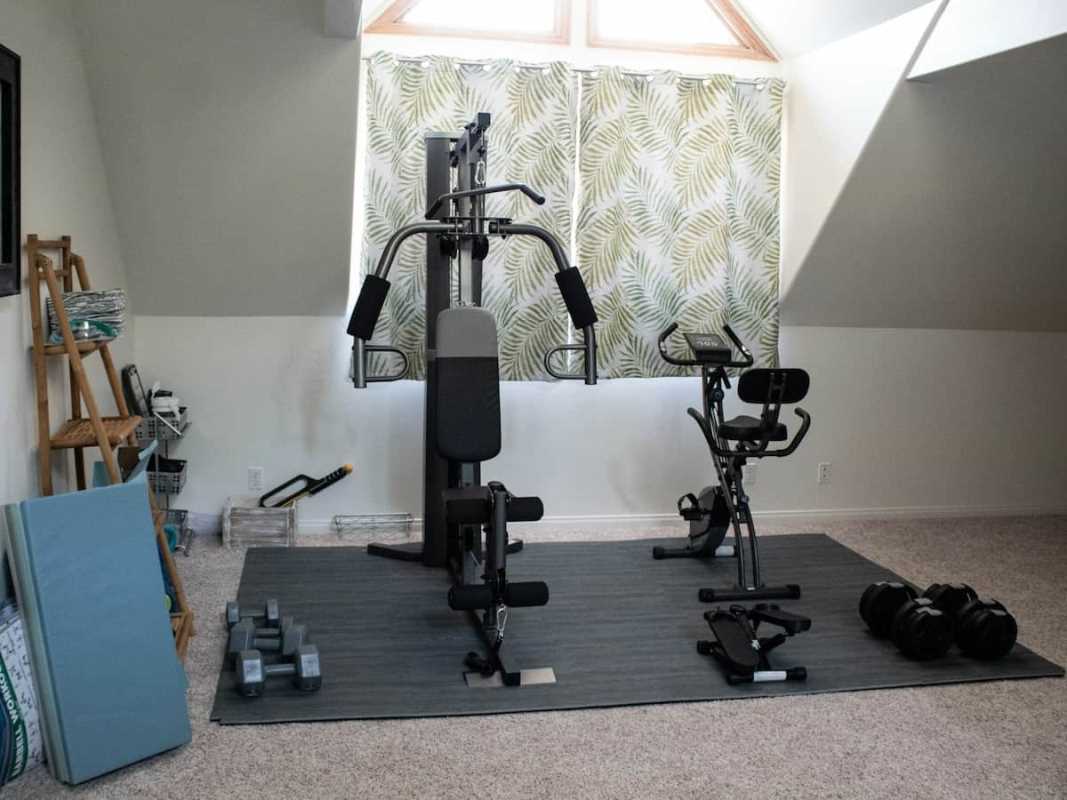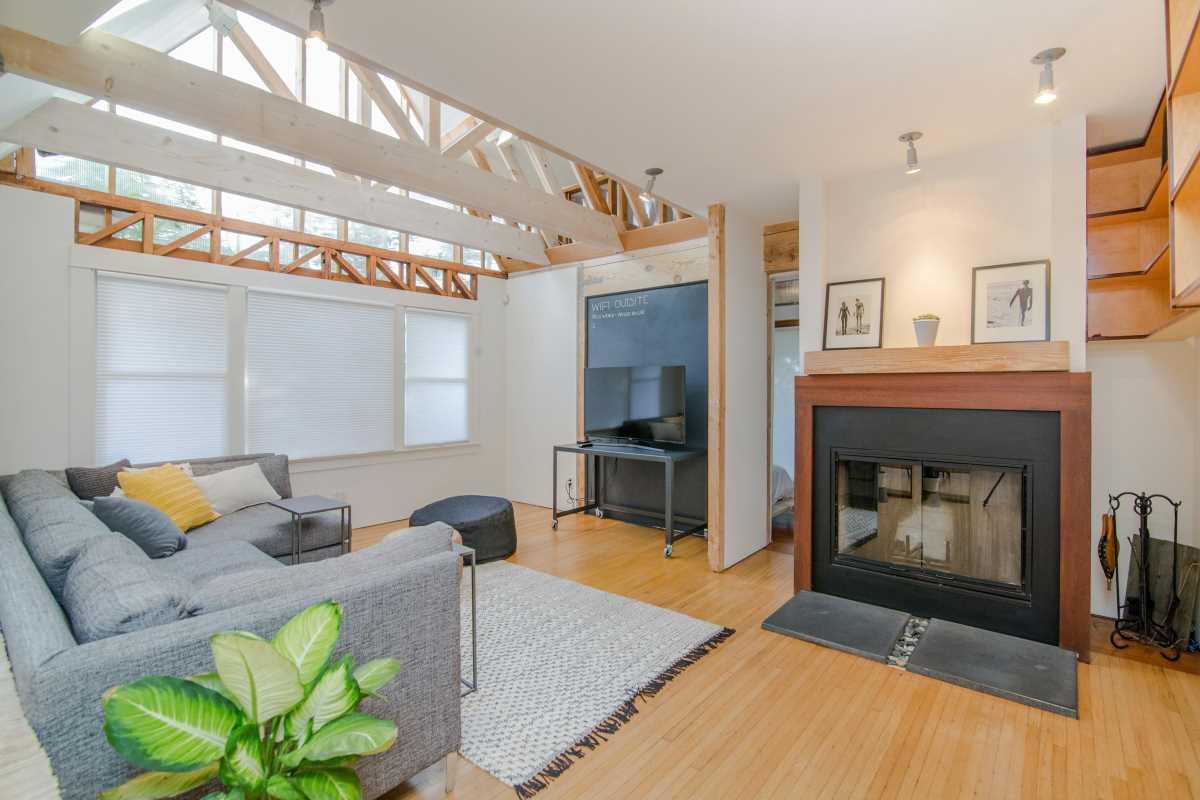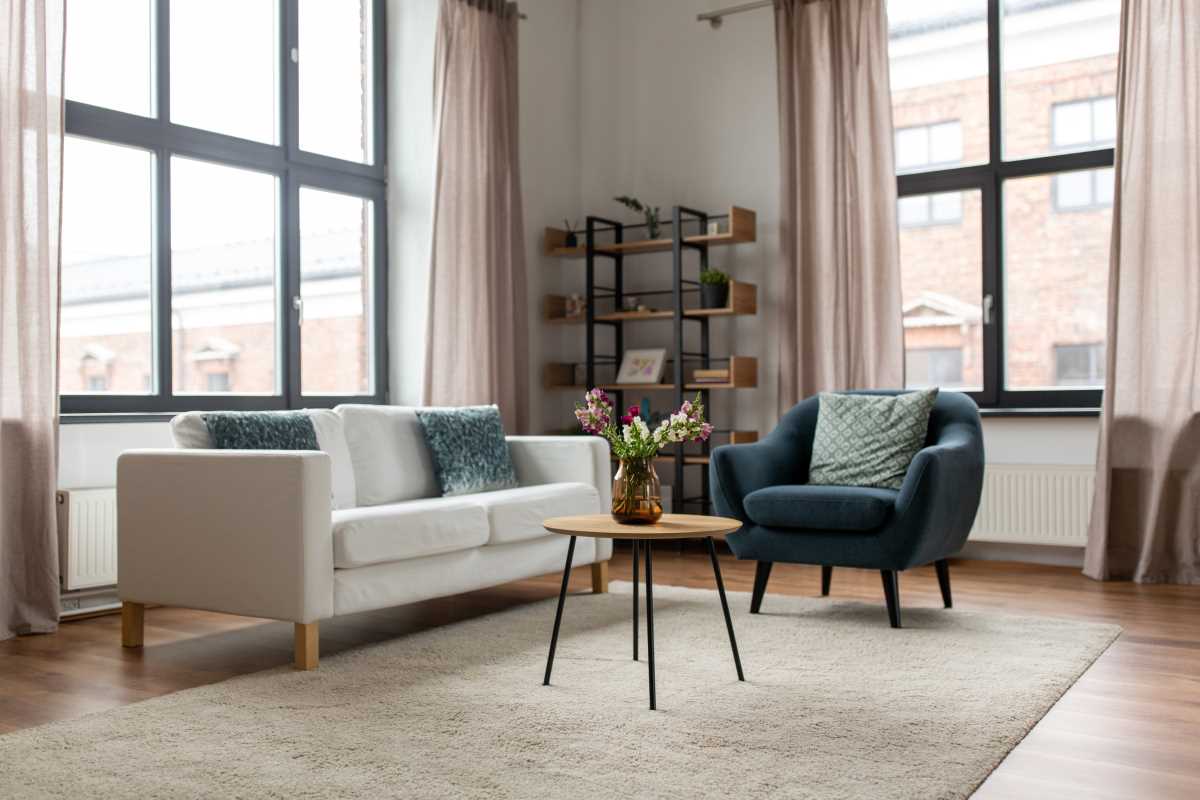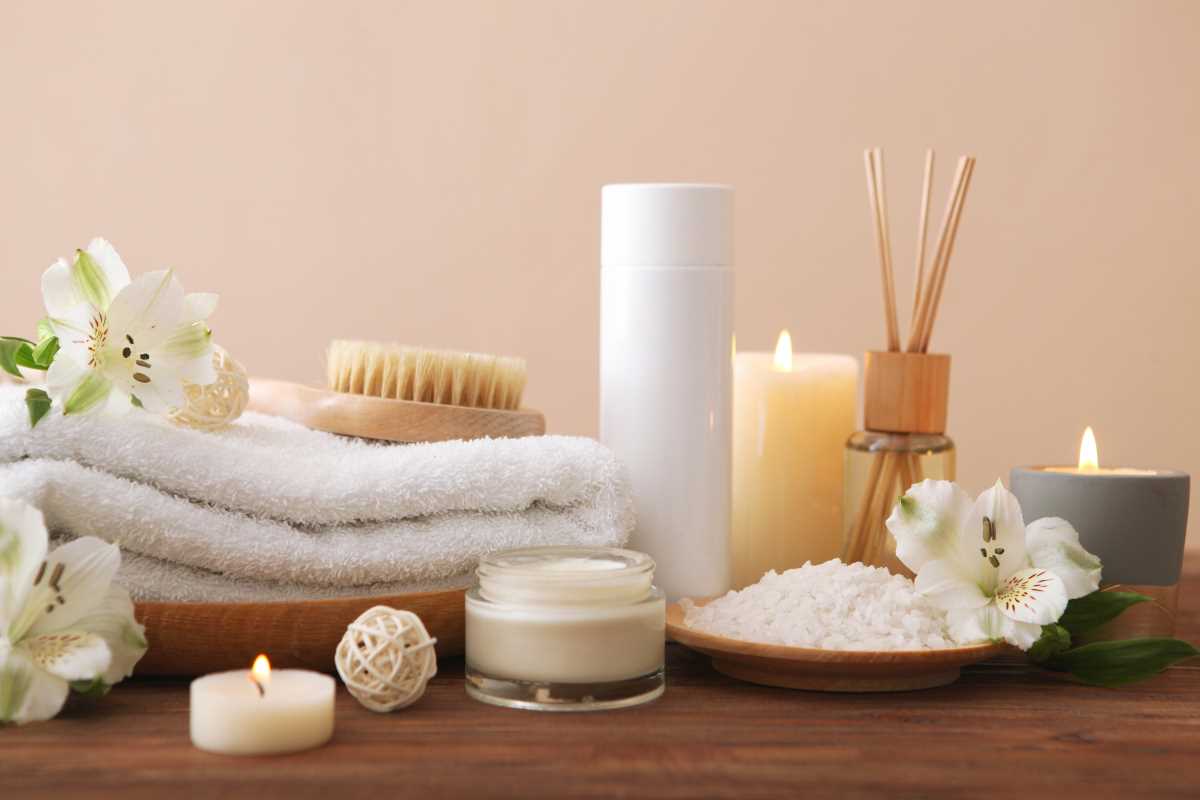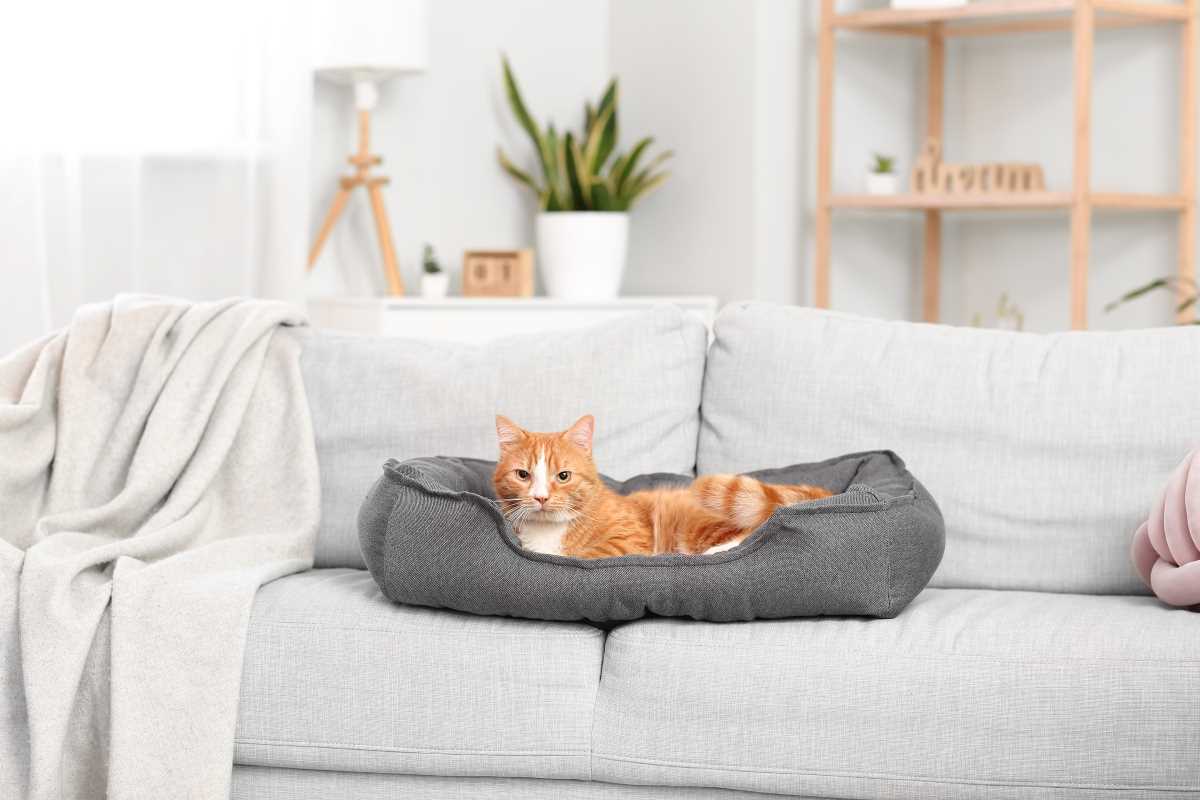Creating a workout area at home often seems challenging when space is limited and every corner serves another purpose. You can still enjoy an effective exercise routine by claiming small, underused areas and transforming them into inviting fitness zones. Whether it’s a quiet corner in your living room, a spot beside your bed, or a section of your hallway, even the smallest spaces hold potential for your personal gym. With practical ideas and a bit of creativity, you’ll discover how to set up a functional spot that encourages regular movement and helps you recharge both physically and mentally.
Planning Your Compact Workout Corner
Choose a spot thoughtfully so that workouts feel natural instead of forced. Pay attention to traffic flow, lighting, and proximity to ventilation. This planning shapes how welcoming and usable that mini-area becomes.
- Assess available nooks: walk through your home and note a 4×4-foot section near windows or under staircases; this helps you visualize natural light, airflow, and visual privacy before moving any furniture.
- Consider floor type: carpet dampens noise but may reduce stability; hardwood screams for a thin rubber mat to protect both floor and joints, so select a mat that fits your exercise style.
- Mind sightlines: position equipment against a blank wall or near a mirror to boost confidence; seeing yourself in motion encourages proper form and motivates you to stick with routines.
- Measure twice: use a tape measure to record ceiling height and footprint; confirm that kettlebells swing without risking shelf edges or light fixtures to prevent accidents.
- Visualize storage: imagine hooks, folding racks, or small cabinets adjacent to your corner; visual cues matter and streamline setup when you’re ready to exercise.
Creative Storage Ideas
Hiding weights, mats, and bands in your living area means blending fitness storage into your everyday decor. Clever tricks let you avoid bulky racks that crowd your corner.
Turn hidden spaces into fitness-friendly zones by customizing storage beneath stairs, inside benches, or atop wardrobes—keeping every strap and dumbbell within arm’s reach.
- Mount floating shelves: position a narrow shelf no deeper than 8 inches at eye level to hold small kettlebells and resistance bands. This frees up floor space while making equipment easily visible.
- Create a bench with lift-top storage: repurpose a small bench by installing gas hinges. Place yoga blocks, jump ropes, and ankle weights inside. Sit on top between sets for a quick rest.
- Hang wall pockets: cut a shoe organizer down to three pockets. Use metal hooks to secure it next to the workout corner. Slide foam rollers, yoga mats, and workout guides into each pocket.
When you outfit a cozy corner, you set up a system that invites you to train instead of making excuses that stretch and yawn.
To keep a clutter-free design, hide this home gym blueprint behind a sofa or in a closet with a sliding door, creating a pop-up studio whenever you need it.
Choosing Equipment Made Easy
Select versatile tools to avoid overcrowding while offering a variety of workouts. You can build full-body strength and cardio circuits without bulky machines.
- Adjustable Dumbbells
- Features: Replace 4 sets of fixed weights (5, 12, 25 lbs).
- Steps:
- Twist collar to adjust weight.
- Lift and re-rack after use.
- Cost: Under $200 online.
- Tip: Order from sellers with free return shipping to test grip comfort safely.
- Resistance Bands Set
- Includes: Light, medium, and heavy bands with handles.
- Steps:
- Secure band under chair legs or furniture foot.
- Weave into legs ≈12 inches from floor.
- Stand or kneel on bands and pull upward.
- Cost: $20–$40.
- Tip: Knot a colored ribbon on each band to quickly identify tension.
- Foldable Step Platform
- Features: Adjustable height (4–8 inches) with risers.
- Steps:
- Unfold base on flat surface.
- Clip risers beneath corners.
- Step up/down for cardio boost.
- Cost: ≈ $25.
- Insider tip: Add thin anti-slip tape to edges to keep mat stable during fast sequences.
- Door-Mounted Pull-Up Bar
- Features: Supports up to 300 lbs; doubles as anchor for resistance bands.
- Steps:
- Press lockable screws into frame.
- Mount bar at two points for chin-ups.
- Attach resistance bands for assisted pulls.
- Cost: ≈ $30.
- Tip: Reinforce hollow-core doors with a hidden plywood backer behind trim for stability.
- Suspension Trainer Kit
- Features: Straps with adjustable foot cradles.
- Steps:
- Anchor over shower rod or ceiling beam.
- Clip cradle at optimal height.
- Perform rows, pushups, and lunges by leaning back at angles.
- Cost: Starting at $35.
- Insider tip: Wrap strap end around a folded towel on wide beams/rods to prevent slipping.
These tools work together to create a complete routine in minimal space, mimicking dozens of machines’ functions. Slip the step under a sideboard or hang the trainer strap over a curtain rod for instant access.
Apply this home gym approach to keep gear handy and visible so you stay committed to daily movement instead of hiding items out of sight.
Workout Plans for Small Spaces
Bodies respond quickly when you give them varied exercises. Switching between compound moves and targeted drills prevents stagnation in limited quarters.
Follow the recommended rep ranges and rest intervals exactly to maximize the benefits of small-space workouts.
- Warm-up circuit: march in place or high knees for 1 minute. Follow with 10 arm circles forward and backward. Do 10 bodyweight squats facing a wall—touch fingertips lightly without leaning. Rest 30 seconds, repeat twice.
- Strength superset: 12 push-ups with hands on step platform, immediately 15 bent-over rows using resistance bands anchored at floor. Rest 45 seconds. Repeat three rounds to increase time under tension.
- Cardio burst: set step to height level 2. Perform 20 alternating step-up jumps. Immediately drop into plank for 30 seconds. Rest 30 seconds, repeat four cycles. This elevates heart rate and works core isometrically.
- Lower-body focus: strap suspension trainer at mid-door level. Do 12 single-leg lunges leaning back into strap for balance. Switch legs after each set. Complete three sets per side with 30-second rest intervals.
- Cool-down stretch: tie resistance band around foot, extend leg forward, and gently pull toward body for hamstring release. Hold 30 seconds per side. Then cross ankle over opposite knee and press knee down for glute stretch, holding 30 seconds each side.
Keeping Up the Momentum in Small Areas
Steady progress comes from simple habits that fit your schedule. Set up signals that remind you to move, even in a tight corner.
Use accountability tricks and small goals to stay on track without feeling overwhelmed by big commitments.
- Create a visual calendar: place removable stickers on a wall or door frame for each workout day; cross off each completed session to see progress at a glance and stay motivated by a growing chain.
- Set phone reminders: program three daily alerts—warm-up, midday stretch, and evening cooldown. Each reminder briefly suggests one movement, making exercise quick and manageable rather than a long session.
- Rotate playlists: prepare two 20-minute music mixes for morning and evening routines. Change them weekly to keep soundtracks fresh and help your brain associate each playlist with specific movements.
- Reward small victories: after five consecutive workouts, treat yourself to a new water bottle or aromatic candle. Tracking small wins encourages ongoing effort rather than chasing distant goals.
- Buddy check-ins: connect with a friend via text or app. Share daily completion screenshots or brief updates. A quick “I just did my plank” message keeps both of you accountable without scheduling calls.
With creativity and intentional habits, you can build lasting fitness routines and stay strong and energized, no matter your space.
